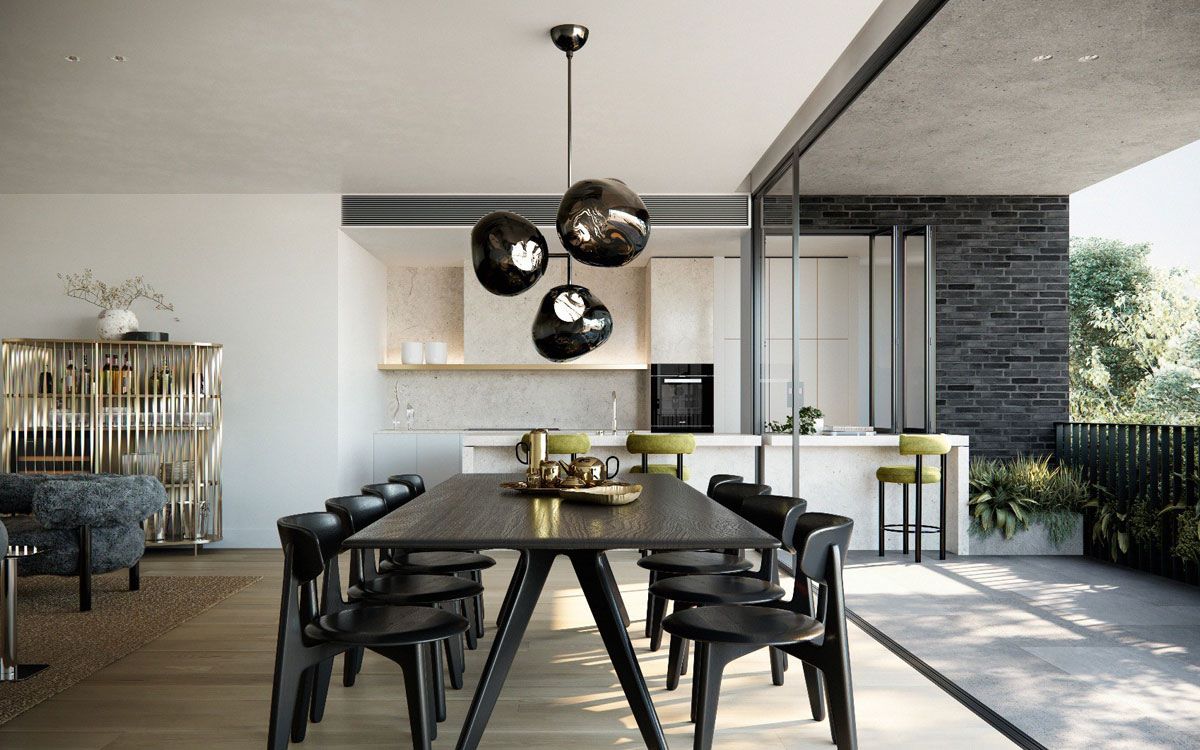

Articles
What Light Color Is Best For Dining Room
Modified: January 5, 2024
Discover the optimal light color for your dining room with our informative articles. Choose the perfect ambience for your meals and enhance your dining experience.
(Many of the links in this article redirect to a specific reviewed product. Your purchase of these products through affiliate links helps to generate commission for Storables.com, at no extra cost. Learn more)
Introduction
Welcome to our comprehensive guide on selecting the best light color for your dining room. The lighting in a dining room plays a crucial role in creating the right ambiance and enhancing the overall dining experience. With so many options available, it can be challenging to determine which light color is best suited for your space.
In this article, we will explore the differences between natural and artificial light, warm and cool light, as well as the psychological effects of different light colors. Armed with this knowledge, you will be able to make an informed decision and transform your dining room into a warm and inviting space.
So, let’s dive in and discover how light color can impact your dining room aesthetic and functionality.
Key Takeaways:
- Natural light creates a vibrant and mood-boosting dining atmosphere, while artificial light offers flexibility and control for different occasions and preferences.
- Warm light evokes intimacy and relaxation, while cool light sets a formal and modern tone. Understanding the psychological effects of light colors helps create the desired dining mood.
Read more: What Color Light Is Best For A Dining Room?
Natural Light versus Artificial Light
One of the first considerations when choosing the light color for your dining room is whether to rely on natural light or artificial light sources. Natural light refers to the illumination provided by the sun, while artificial light is generated by man-made sources such as light bulbs and fixtures.
Natural light has several advantages. It is known to be the most flattering for colors and textures, making your dining room appear vibrant and lively. It also has a positive impact on our mood and overall well-being. Exposure to natural light during meals has been linked to increased serotonin levels, which can boost our mood and energy levels.
To maximize the natural light in your dining room, consider positioning your dining table near a window or installing skylights. Sheer curtains or blinds can be used to regulate the amount of sunlight entering the space, providing a soft and diffused light effect.
On the other hand, artificial light offers greater control and flexibility. It enables you to create different moods and atmospheres in your dining room. If your dining room lacks natural light or if you frequently entertain during evening hours, artificial light becomes essential.
When choosing artificial light sources, pay attention to the color temperature and brightness. This will significantly impact the overall ambiance. Warm-toned light bulbs (around 2700-3000 Kelvin) emit a cozy and inviting glow, perfect for intimate dinners or gatherings. Meanwhile, cool-toned light bulbs (around 5000-6500 Kelvin) provide a crisp and vibrant light, ideal for creating a formal and sophisticated dining environment.
Ultimately, finding the right balance between natural and artificial light is key to achieving the desired atmosphere for your dining room. Experiment with different combinations to see what works best for your space and personal preferences.
Warm Light versus Cool Light
Another crucial aspect to consider when choosing the best light color for your dining room is the choice between warm light and cool light. Warm light has a yellowish or amber tone, mimicking the soft glow of candlelight. It creates a cozy and intimate atmosphere, perfect for relaxed dining and creating a sense of warmth and comfort.
Warm light is often associated with feelings of relaxation and coziness. It can make your dining room feel inviting and welcoming, perfect for intimate dinners or casual family gatherings. Warm light also tends to enhance the rich colors and textures of your furniture, creating a visually appealing space. For a warm light effect, opt for light bulbs with color temperatures between 2700-3000 Kelvin.
In contrast, cool light has a bluish or whitish tone, resembling daylight or fluorescent lighting. Cool light is often associated with clean, crisp, and modern aesthetics. It can make your dining room feel bright, airy, and spacious, perfect for formal dining or contemporary interior designs.
Cool light can also enhance the visual clarity of the space, making it ideal for tasks such as reading menus or studying. If you are aiming for a clean and modern look in your dining room, choosing light bulbs with color temperatures between 5000-6500 Kelvin will give you the desired cool light effect.
When deciding between warm and cool light, consider the overall ambiance you want to create in your dining room. A warm light color can evoke a sense of intimacy and relaxation, while a cool light color can convey a more formal and sophisticated atmosphere.
You can also experiment with a combination of warm and cool light sources to achieve a balanced and dynamic lighting scheme in your dining room. For example, you might use warm light for general ambient lighting and cool light for task lighting or accentuating specific areas or objects in the room.
Ultimately, the choice between warm and cool light colors depends on your personal preferences and the overall style and mood you want to create in your dining room. Consider the existing color scheme, furniture, and decor to ensure that the light color complements the overall design of the space.
Consider using warm white or soft white light bulbs for your dining room. These colors create a cozy and inviting atmosphere, perfect for enjoying meals with family and friends. Avoid cool white or daylight bulbs, as they can create a harsh and uninviting environment.
The Psychology of Light Colors
The light colors in your dining room can have a significant impact on the psychological perception and mood of those dining in the space. Different colors evoke different emotions and can influence our appetite, energy levels, and overall dining experience.
Let’s explore the psychological effects of common light colors:
- Warm Colors: Warm colors such as red, orange, and yellow are known to stimulate appetite. They create a sense of warmth and energy, making them well-suited for dining environments. However, it’s important to strike the right balance as too much warm-toned light can be overwhelming and may lead to feelings of restlessness.
- Cool Colors: Cool colors such as blue and green have a calming and soothing effect. They can create a serene and peaceful ambiance, perfect for relaxed and formal dining experiences. However, cool colors may suppress appetite, so it’s important to incorporate warm accents or lighting elements to stimulate a healthy appetite.
- Neutral Colors: Neutral colors such as white, beige, and gray can create a versatile and timeless backdrop for your dining room. Neutral light colors provide a neutral and balanced environment that allows other elements, such as decor and furniture, to stand out. They can also give the perception of a more spacious and airy dining area.
Consider the emotions and mood you want to evoke in your dining room when selecting the light color. If you want to create a vibrant and energetic setting, warm colors may be the way to go. On the other hand, if you want a more tranquil and relaxed atmosphere, cool colors can be a great choice.
Remember that personal preference and the overall style of your dining room should also play a role in your decision-making process. It’s important to choose a light color that aligns with your own tastes and complements the existing decor and furniture in the space.
By understanding the psychology of light colors, you can create a harmonious dining environment that enhances the overall dining experience and sets the right mood for your guests.
Choosing the Best Light Color for the Dining Room
Now that we have explored the factors to consider when selecting the light color for your dining room, let’s delve into some practical tips to help you make the best choice:
- Consider the purpose: Think about how you typically use your dining room. Do you frequently host formal dinner parties or enjoy intimate family meals? Understanding the purpose of your dining room will help you determine the appropriate light color. Formal settings may benefit from cool and crisp light colors, while warm and cozy light colors are ideal for creating an inviting atmosphere.
- Complement the decor: Take into account the color scheme and style of your dining room. Choose a light color that will harmonize with the existing decor and furniture. If your dining room features warm tones, opt for a warm light color to enhance the ambiance. If your space has cool or neutral hues, a cool light color will complement the overall aesthetic.
- Consider the natural light: If your dining room receives ample natural light, embrace it and choose a light color that will enhance the natural brightness. On the other hand, if your dining room lacks natural light, opt for a light color that can mimic the warm and inviting feel of natural sunlight.
- Create a lighting scheme: Think beyond a single light color and consider incorporating a lighting scheme. Combine different light sources with varying colors and intensities to create layers of light and enhance the visual appeal of your dining room. This can involve using dimmer switches, accent lights, and even candlelight to create a dynamic and adaptable lighting environment.
- Personal preference: Ultimately, trust your instincts and choose a light color that resonates with your personal style and preferences. After all, your dining room should reflect your unique taste and create a space where you feel comfortable and at ease.
Remember, there is no one-size-fits-all answer when it comes to choosing the best light color for your dining room. It’s a matter of personal preference, functionality, and the overall aesthetic you want to achieve. Take the time to experiment and find the perfect light color that will enhance your dining experience and create a warm and inviting atmosphere for you and your guests.
Read more: What Color Light Bulb For Dining Room?
Conclusion
Choosing the best light color for your dining room is a decision that can significantly impact the overall ambiance and dining experience in your home. By considering factors such as natural light versus artificial light, warm light versus cool light, and the psychology of light colors, you can make an informed choice that aligns with your personal style and enhances the functionality of your dining space.
Remember that natural light brings a warmth and vibrancy to your dining room, while artificial light offers greater control and flexibility. Warm light creates a cozy and intimate atmosphere, perfect for relaxed dining, while cool light provides a crisp and modern aesthetic, ideal for formal occasions.
Understanding the psychological effects of light colors can help you create the desired mood and atmosphere. Warm colors stimulate appetite and create energy, cool colors promote calmness and serenity, and neutral colors provide versatility and allow other elements to shine.
When choosing the best light color for your dining room, consider the purpose of the room, the existing decor, the amount of natural light, and your personal preferences. Don’t be afraid to experiment with different light sources and create a lighting scheme that suits your needs.
Ultimately, the goal is to create a dining room that is both visually appealing and functional. By selecting the right light color, you can transform your dining room into a welcoming and stylish space that enhances the dining experience for you, your family, and your guests.
So, take the time to explore the options, consider the tips provided, and let your creativity shine as you choose the perfect light color for your dining room. Enjoy the process and watch as your dining space comes to life with the perfect ambiance and illumination.
Frequently Asked Questions about What Light Color Is Best For Dining Room
Was this page helpful?
At Storables.com, we guarantee accurate and reliable information. Our content, validated by Expert Board Contributors, is crafted following stringent Editorial Policies. We're committed to providing you with well-researched, expert-backed insights for all your informational needs.
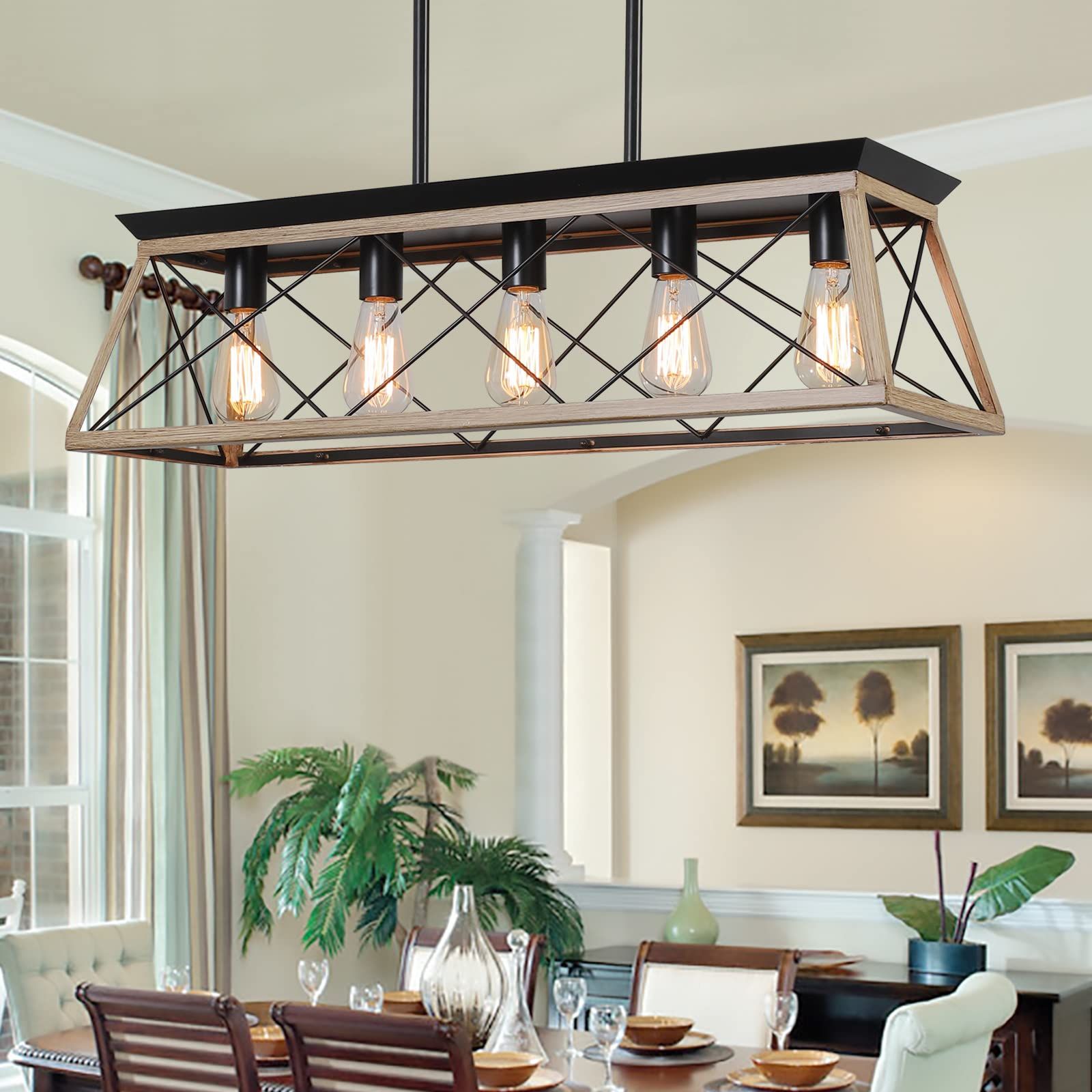
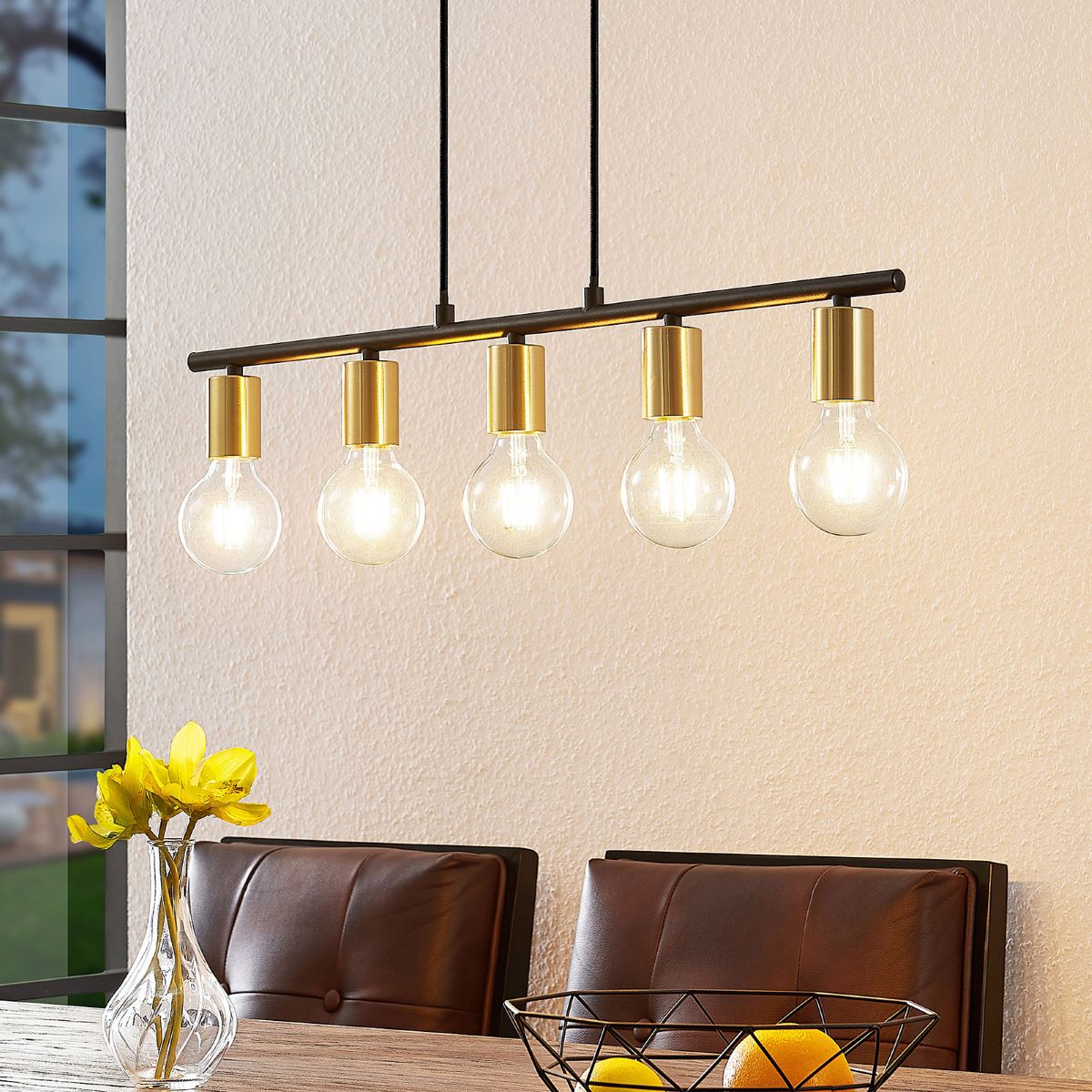
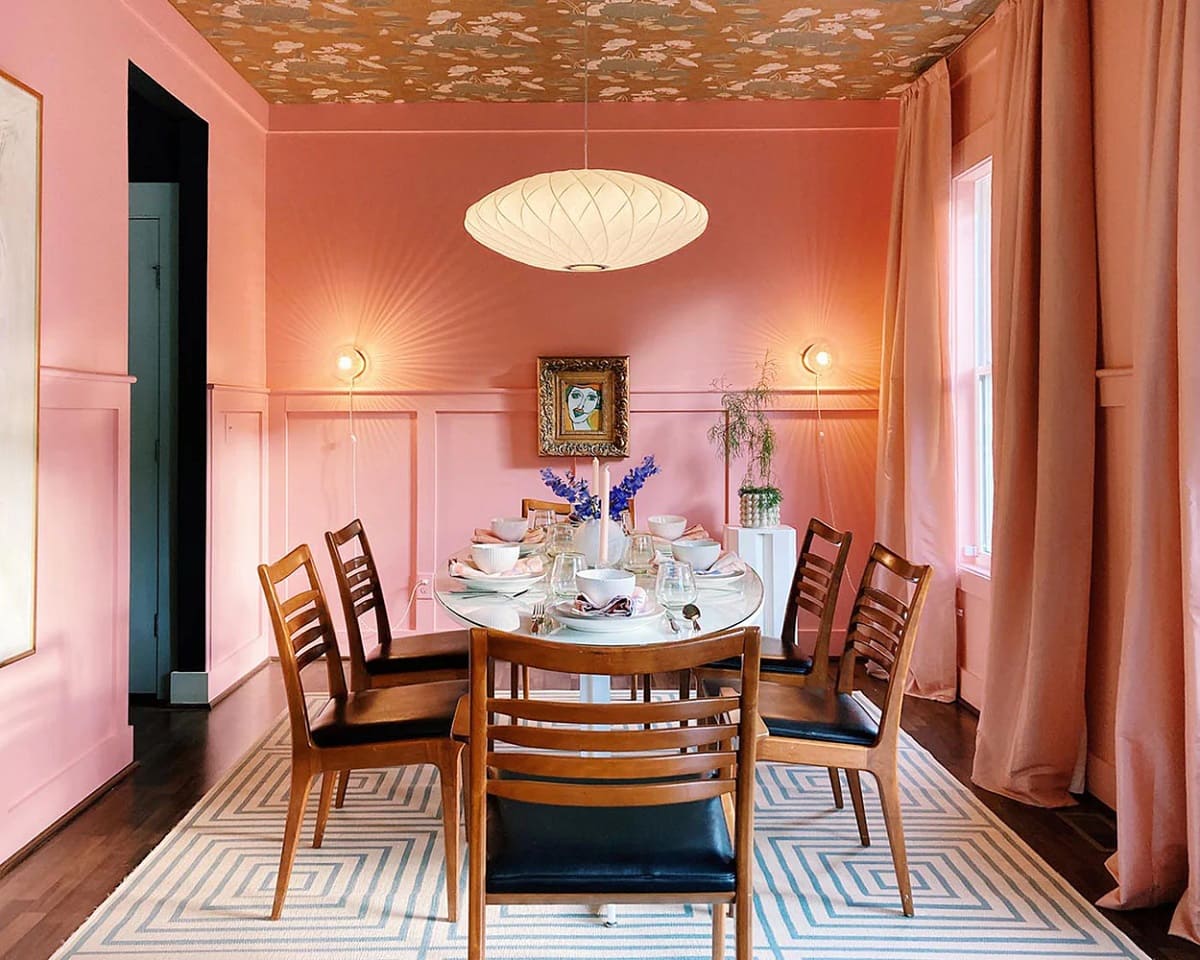
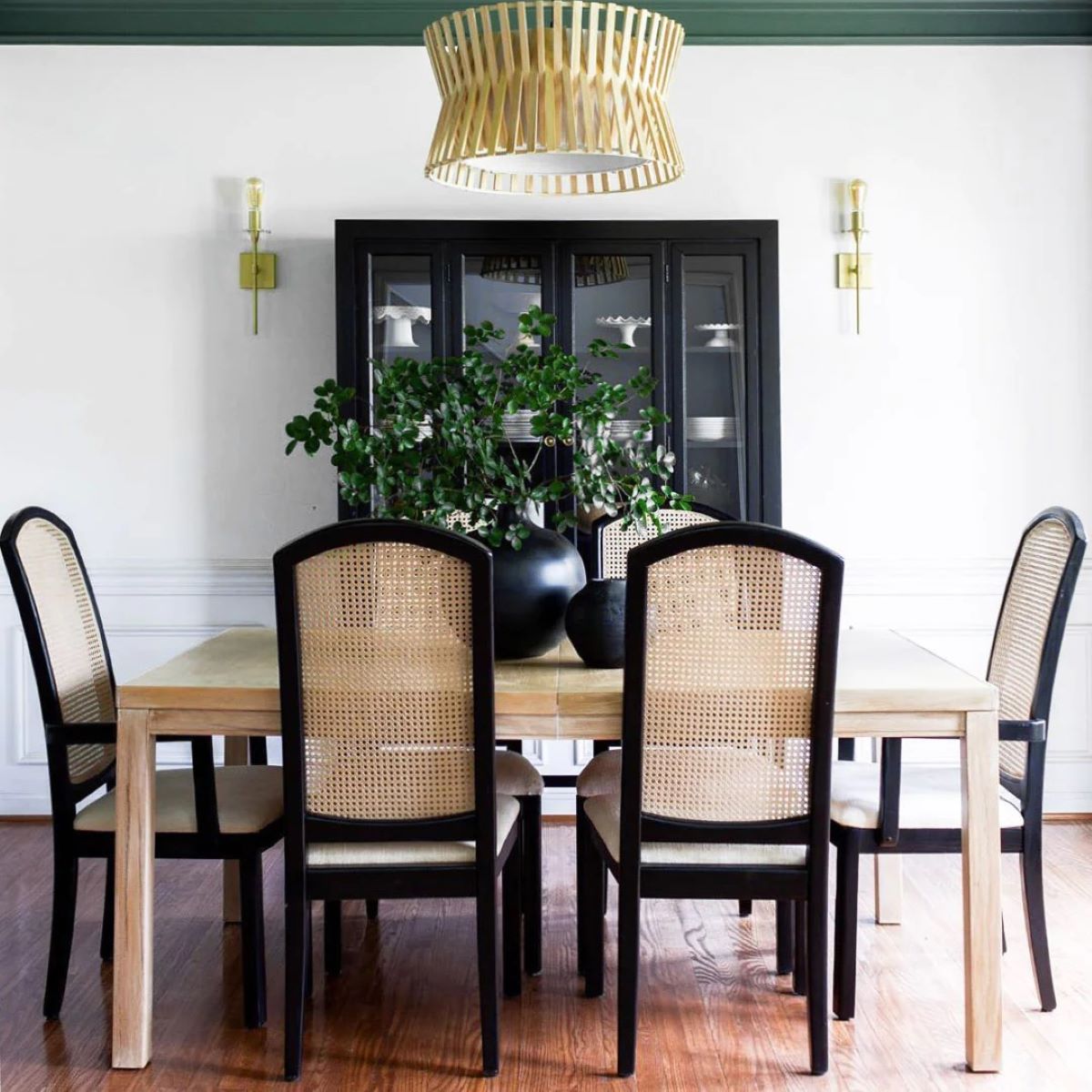
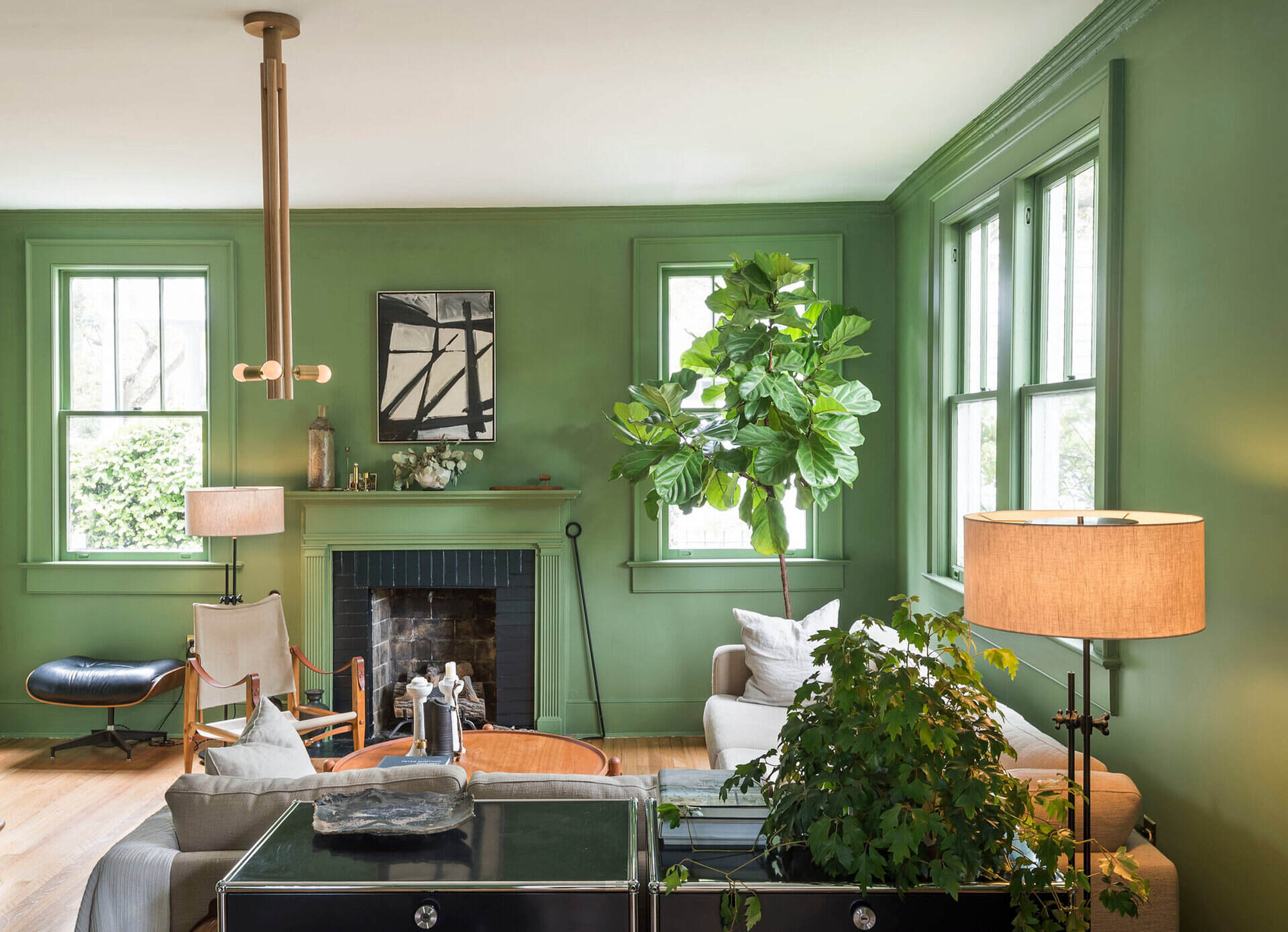
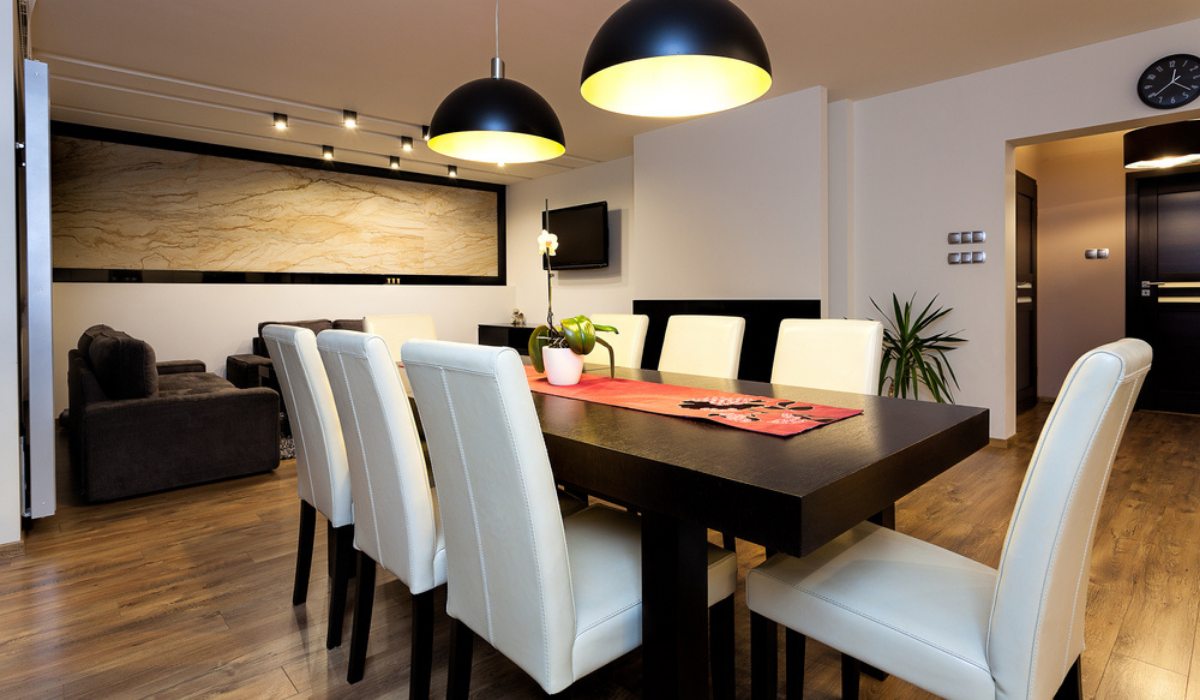
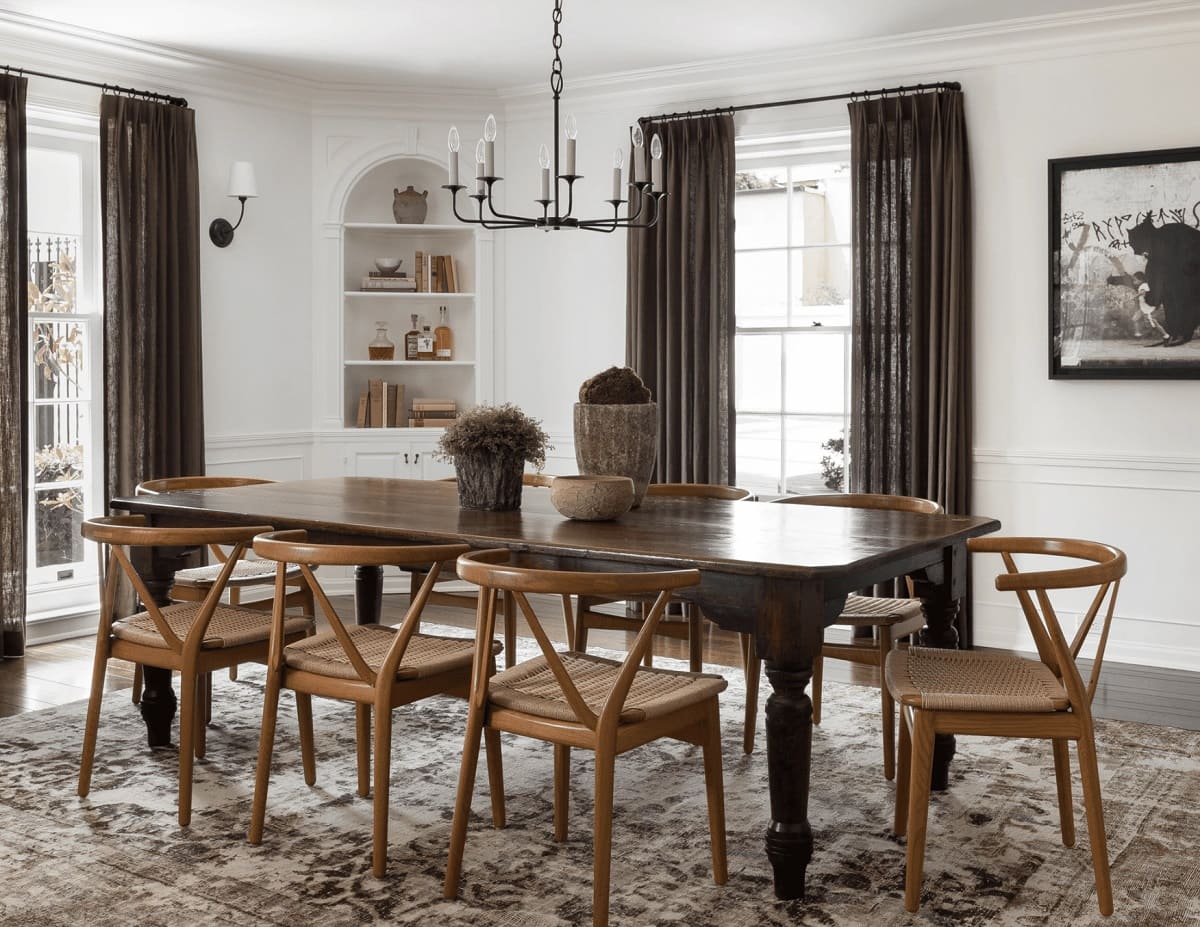

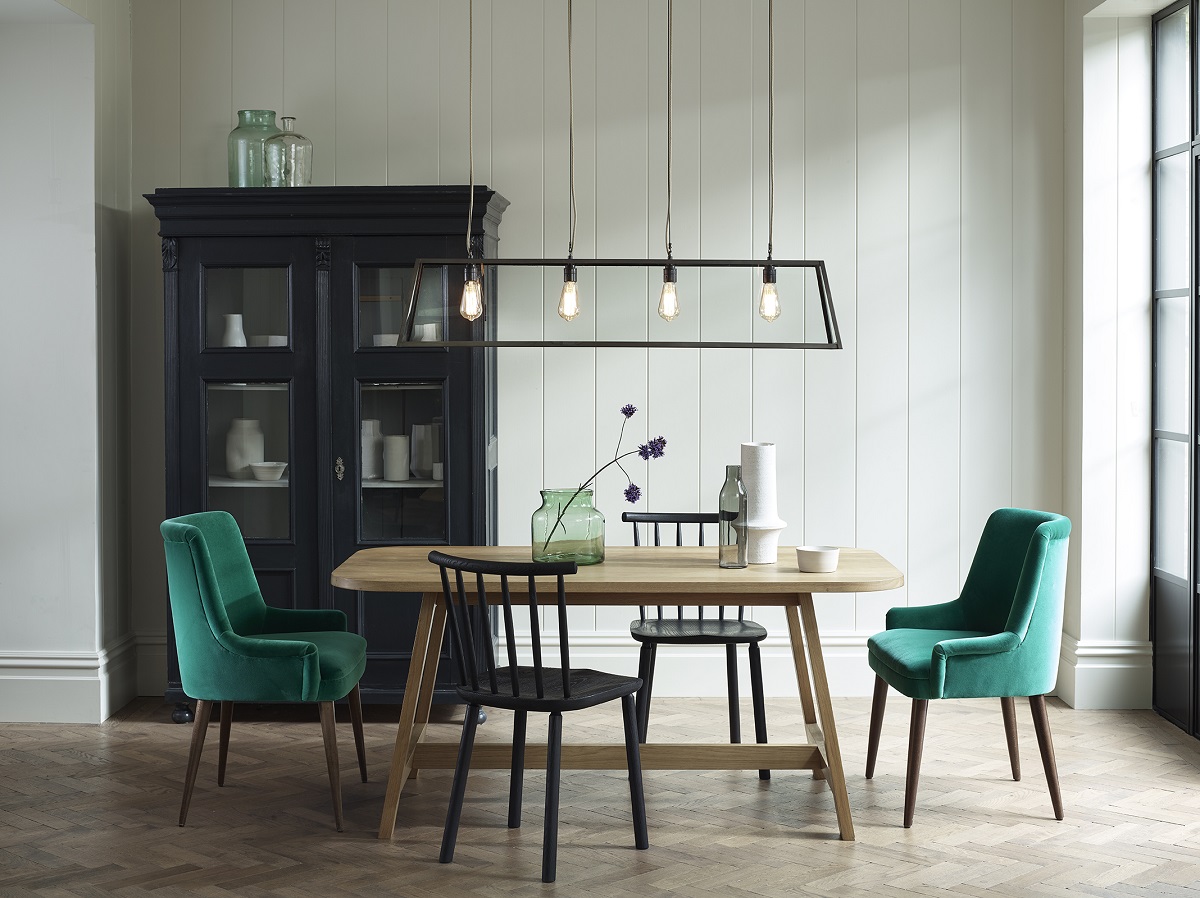
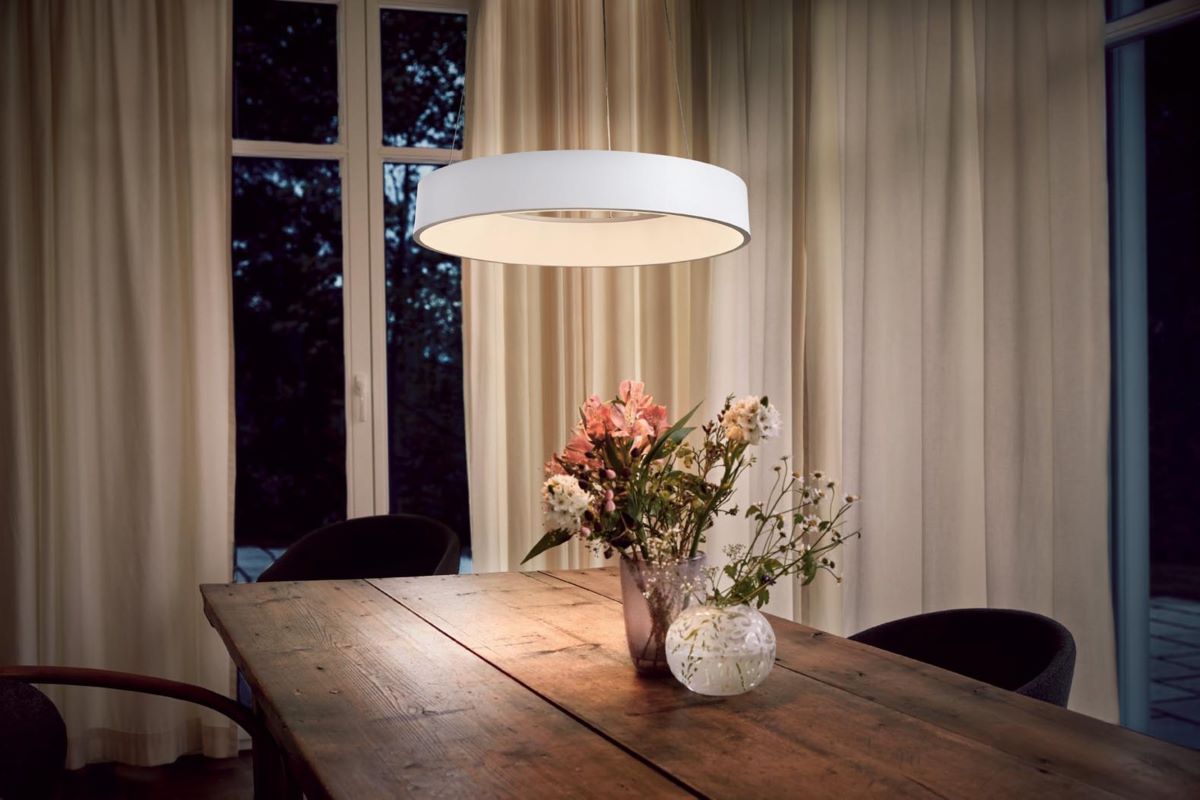
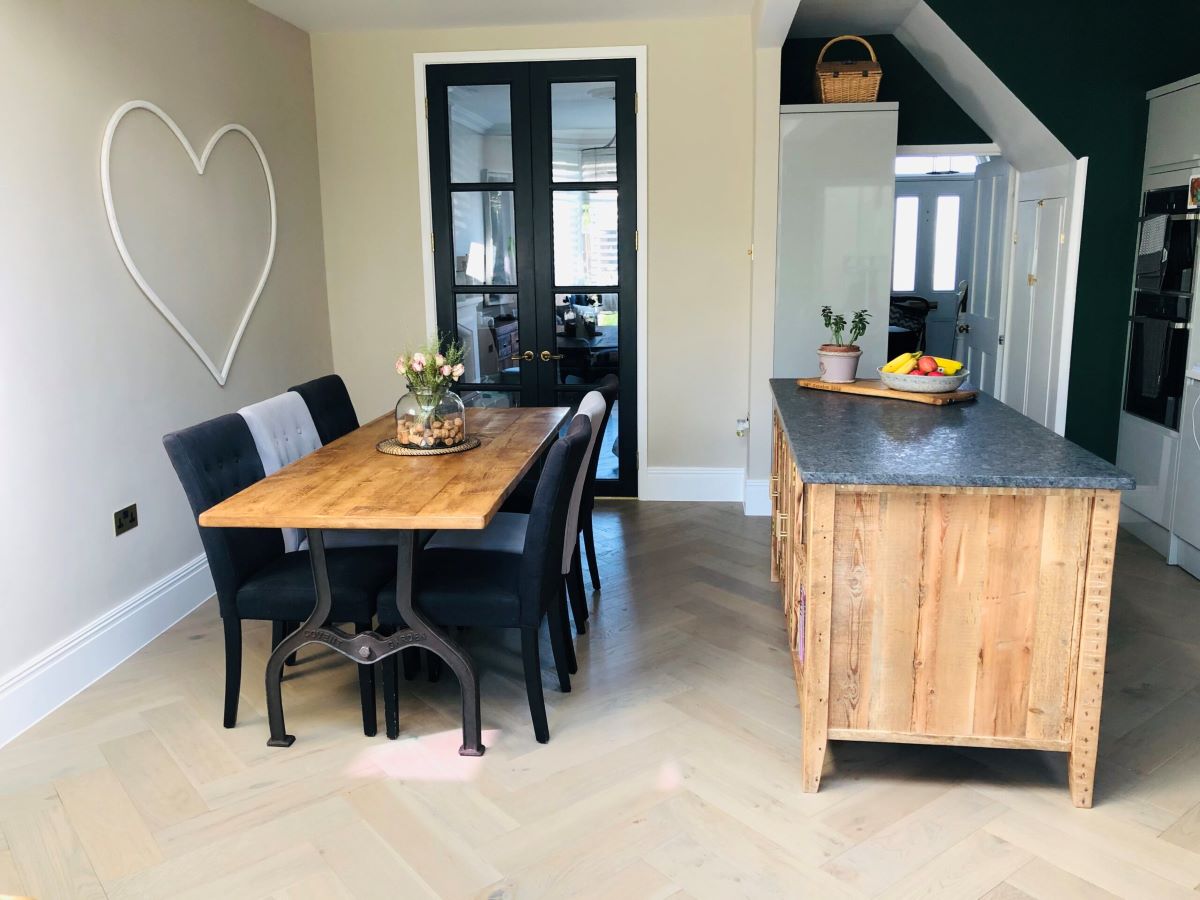
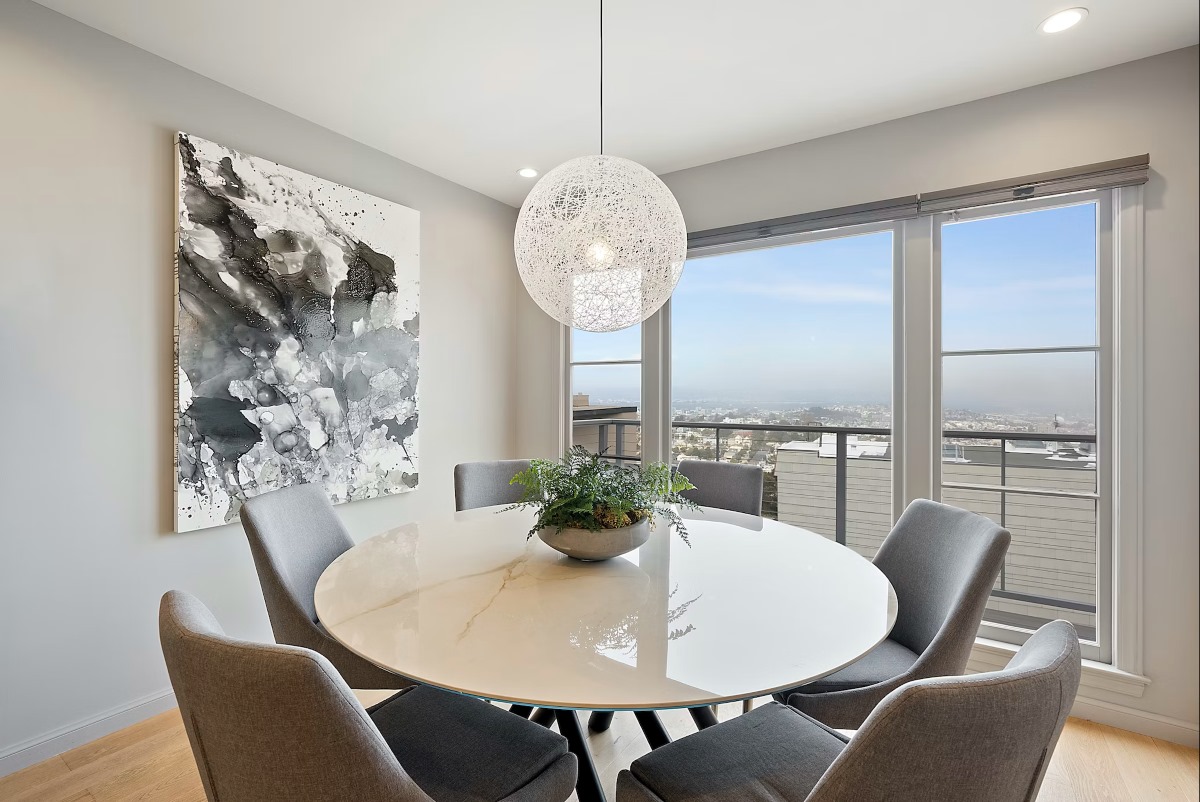
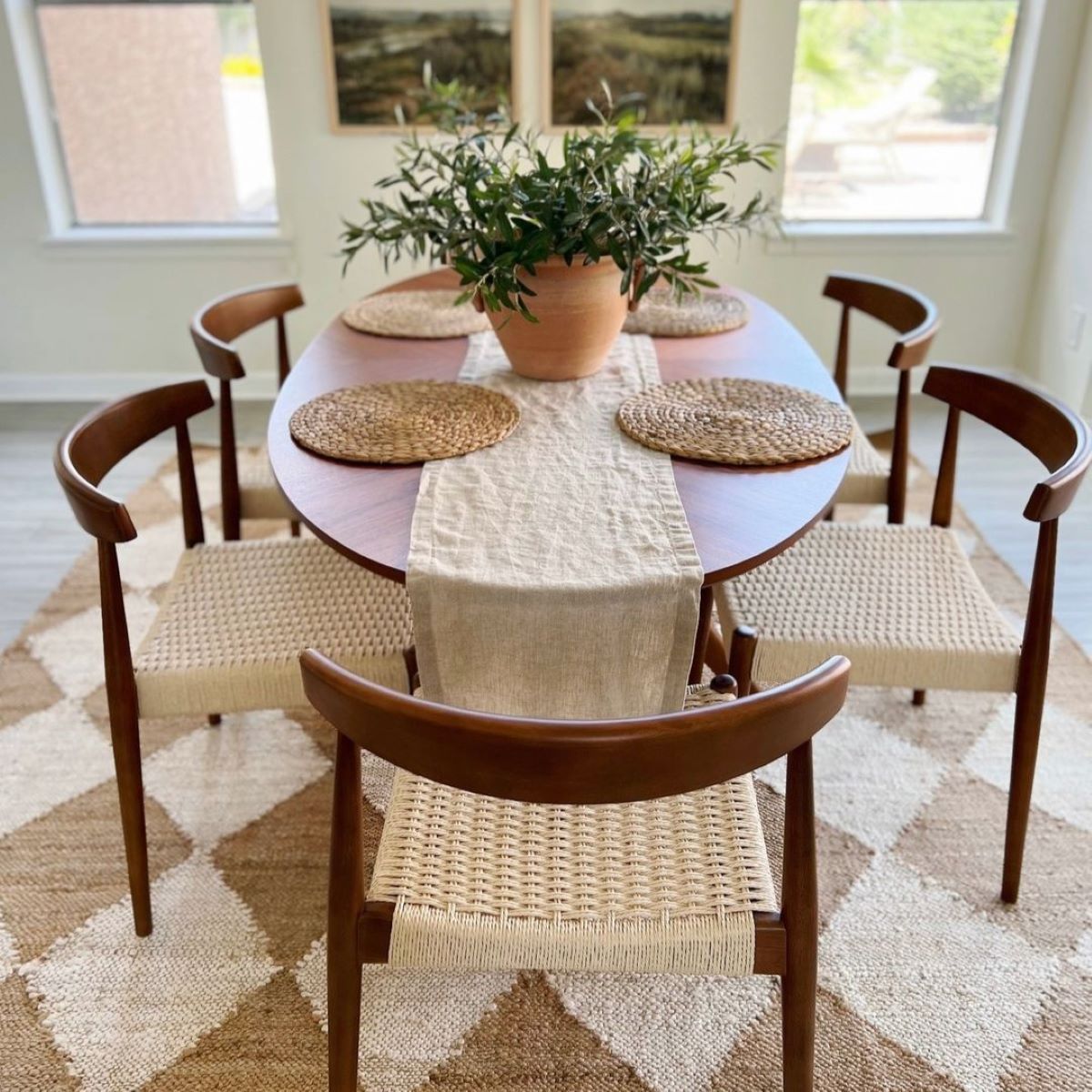
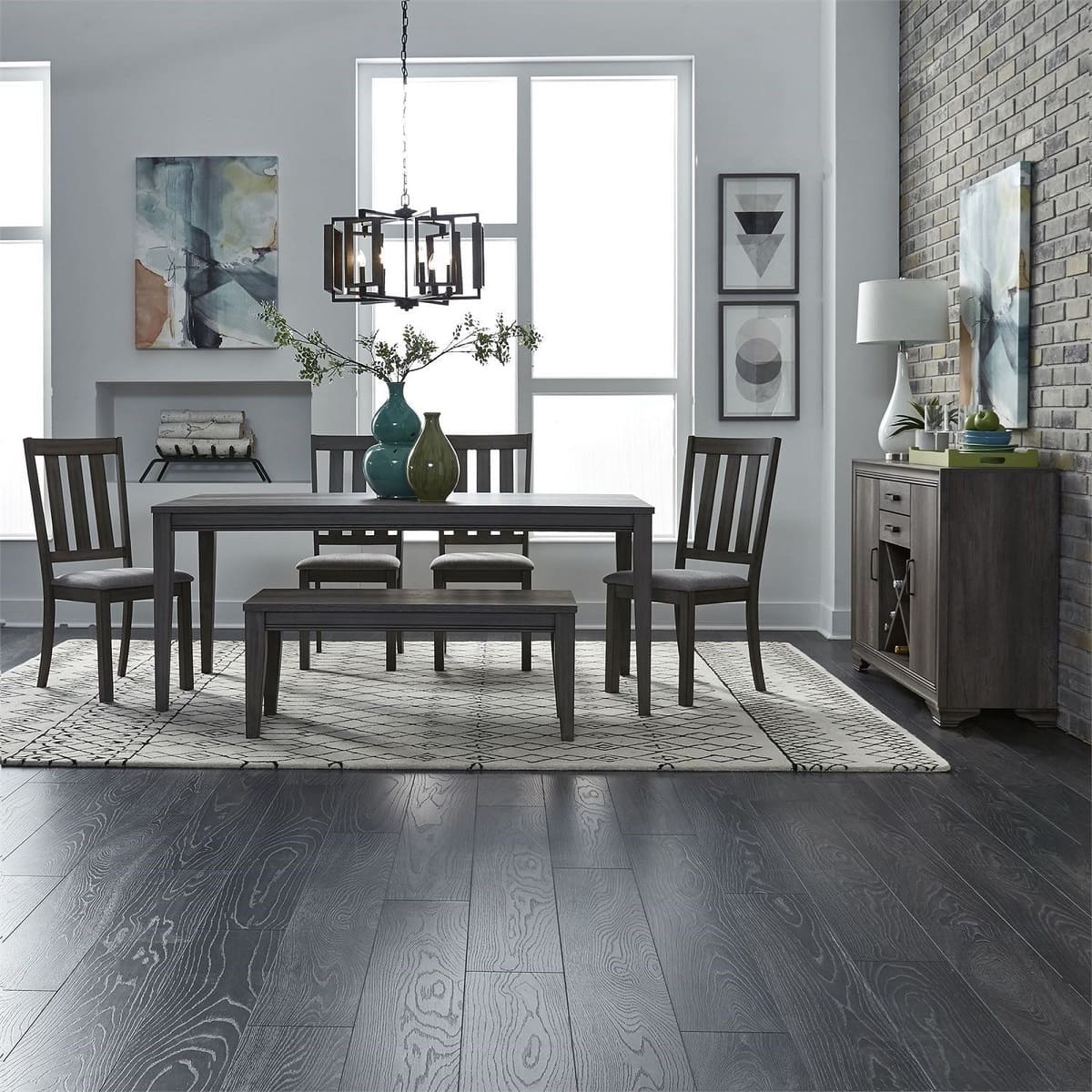

0 thoughts on “What Light Color Is Best For Dining Room”